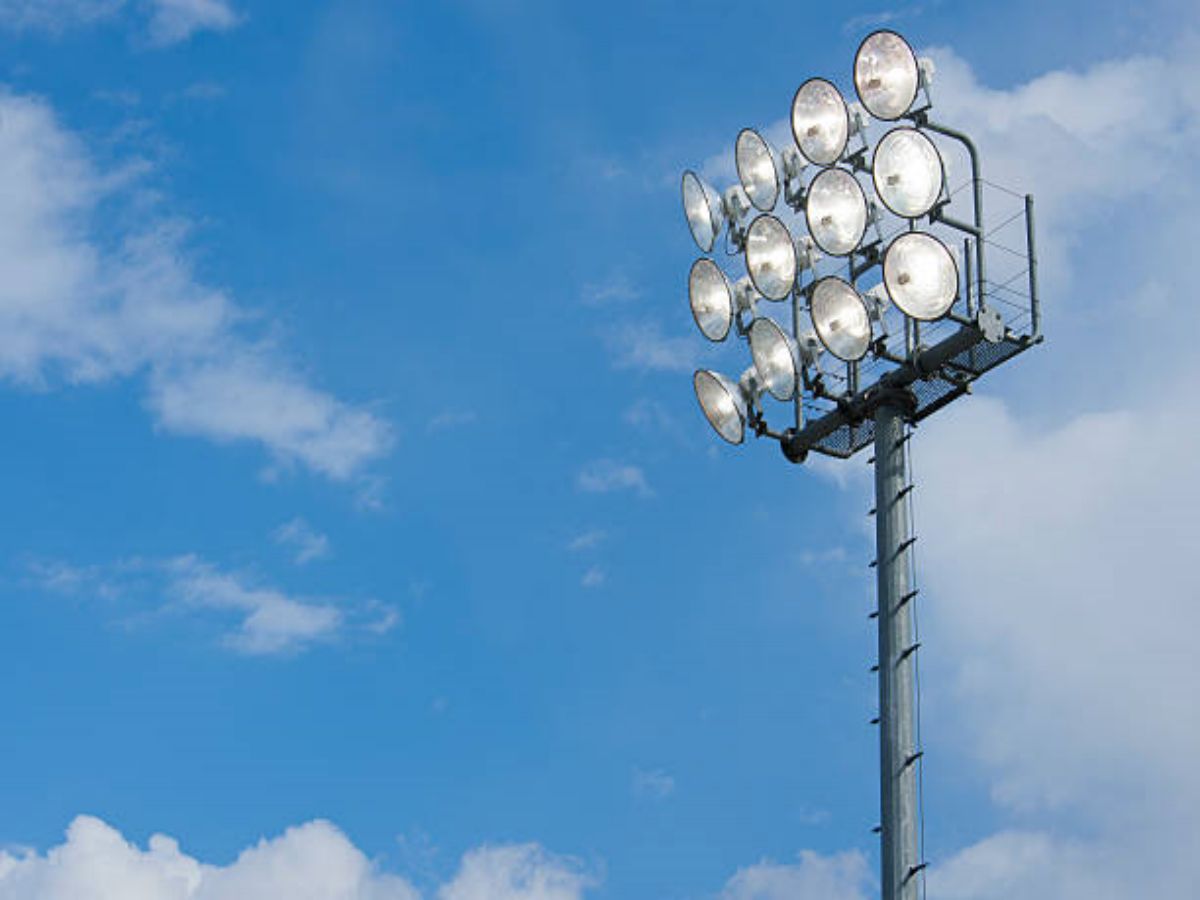The Basics of LED Strip Lights
LED strip lights have become increasingly popular in recent years due to their versatile applications and energy-efficient nature. These lights are made up of several individual LED chips that are mounted on a flexible circuit board. One key component of LED strip lights is the wiring system, which typically consists of three wires. In this article, we will explore the purpose and functions of these three wires on LED strip lights.
1. Power Wire
The first wire on an LED strip light is the power wire. This wire is responsible for supplying electrical power to the LED chips. It is usually color-coded red to indicate its function as the positive wire. The power wire connects to the power source, such as a power adapter or a battery, and carries the necessary voltage to illuminate the LEDs.
2. Ground Wire
The second wire on an LED strip light is the ground wire. This wire is essential for completing the electrical circuit and ensuring proper functioning of the LEDs. The ground wire is typically color-coded black or white. It acts as the negative wire and connects to the negative terminal of the power source. By providing a return path for the electrical current, the ground wire allows the LEDs to operate effectively.
3. Data Wire
The third wire on an LED strip light is the data wire. This wire is responsible for transmitting control signals to the individual LED chips. The data wire is typically color-coded green or blue. It connects to a controller or a microcontroller that sends instructions to the LEDs, allowing for various lighting effects and color changes. The data wire enables you to control the brightness, color, and patterns of the LED strip lights.
Understanding the Wiring Configuration
Now that we have discussed the three wires on LED strip lights, it is important to understand how they are typically configured. The power wire and ground wire are connected to the power source directly, while the data wire is connected to the controller or microcontroller. The controller then communicates with the individual LED chips through the data wire, enabling precise control over the lighting effects.
Benefits of the Three-Wire System
The three-wire system used in LED strip lights offers several advantages. Firstly, it allows for easy installation and customization. The separate power, ground, and data wires can be easily connected and disconnected, making it simple to modify or expand the lighting setup. Additionally, the three-wire system enables individual control over each LED chip, providing endless possibilities for creating unique lighting designs.
Common Issues and Troubleshooting
While LED strip lights are generally reliable, there are some common issues that may arise with the wiring system. If the lights fail to turn on, the first step is to check the power connection. Ensure that the power wire is securely connected to the power source and that the power source is functioning correctly. If the lights are flickering or showing inconsistent colors, it may indicate a problem with the data connection. Check that the data wire is properly connected to the controller and that the controller is functioning as intended.
Conclusion
In summary, the three wires on LED strip lights play crucial roles in their operation. The power wire supplies electrical power, the ground wire completes the circuit, and the data wire allows for control and customization. Understanding these wires and their functions can help you make the most of your LED strip lights and troubleshoot any potential issues. So, whether you are looking to add ambient lighting to your home or create stunning visual displays, LED strip lights with their three-wire system offer a versatile and energy-efficient solution.

